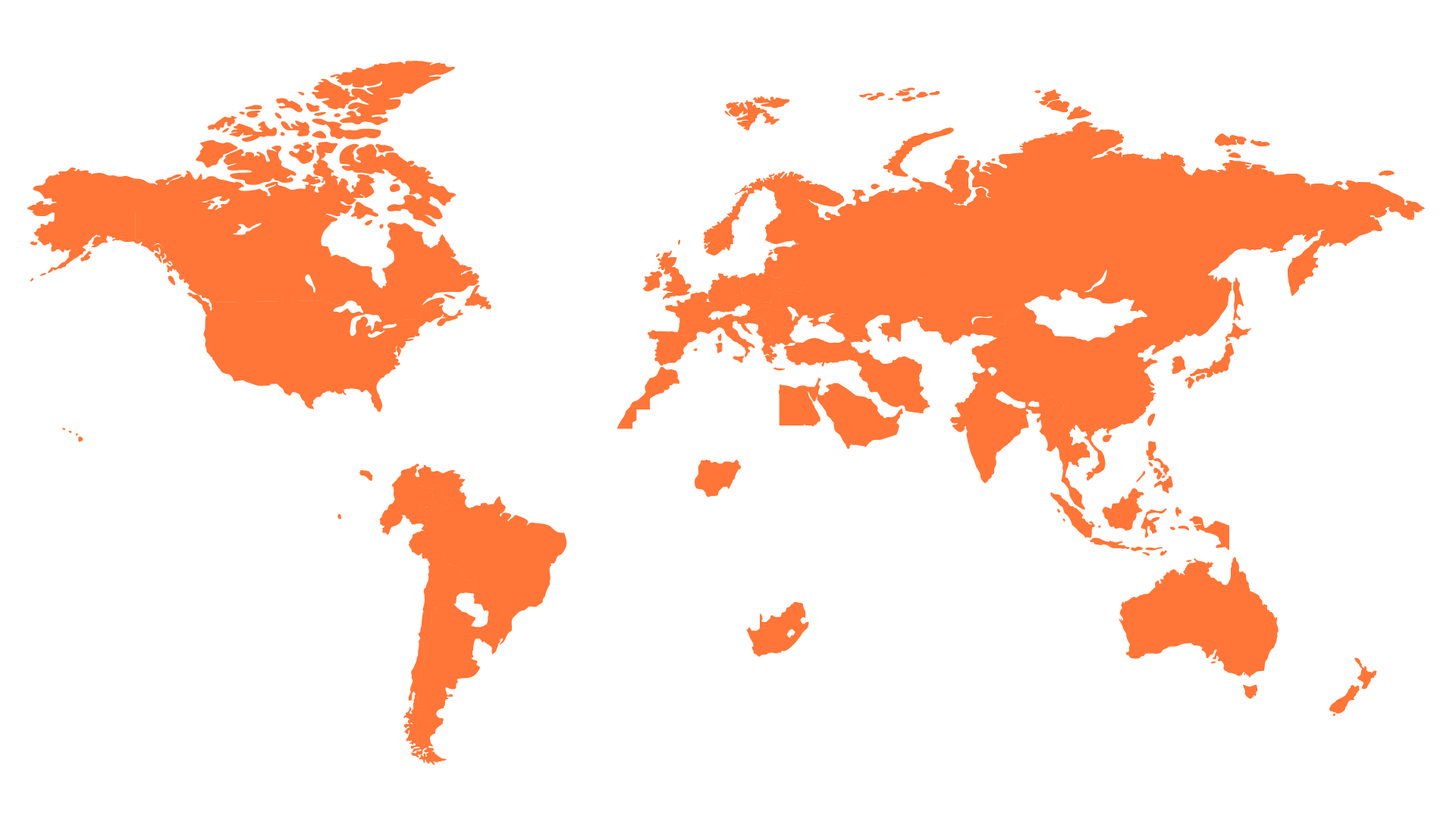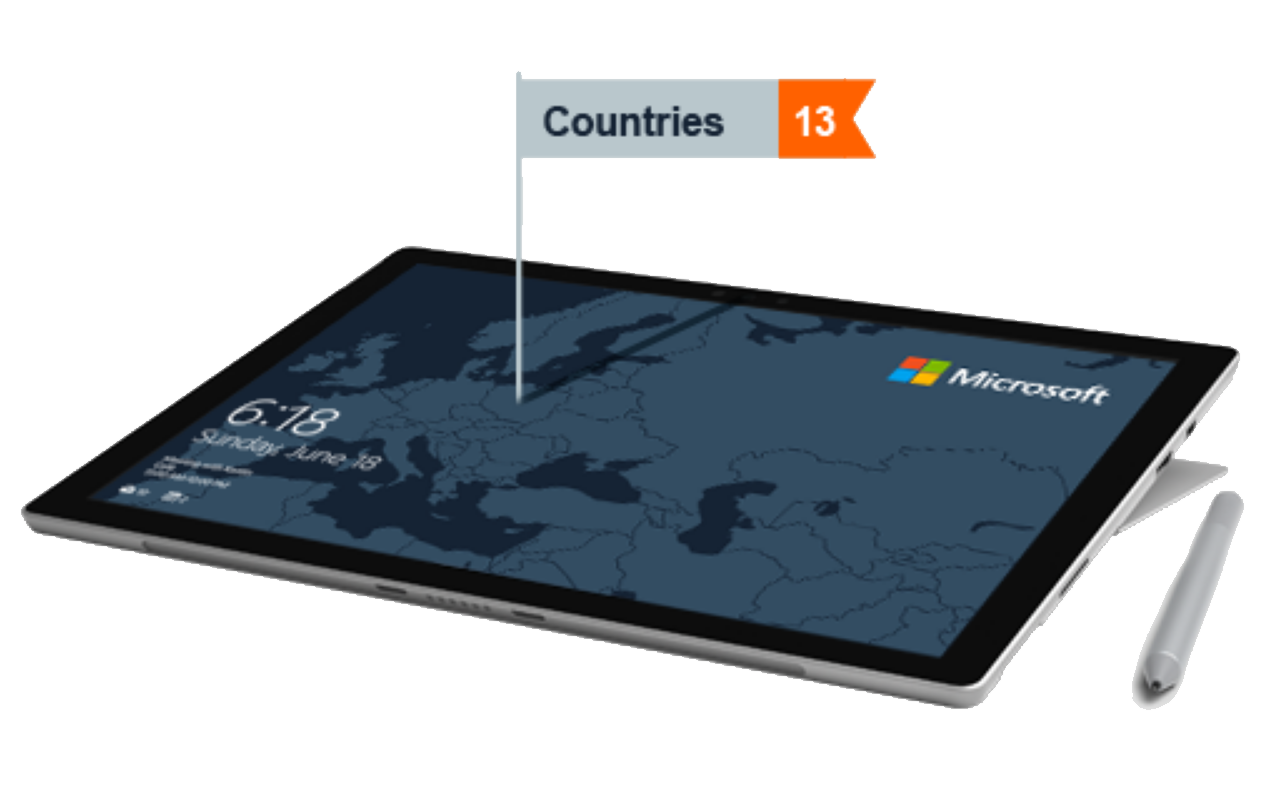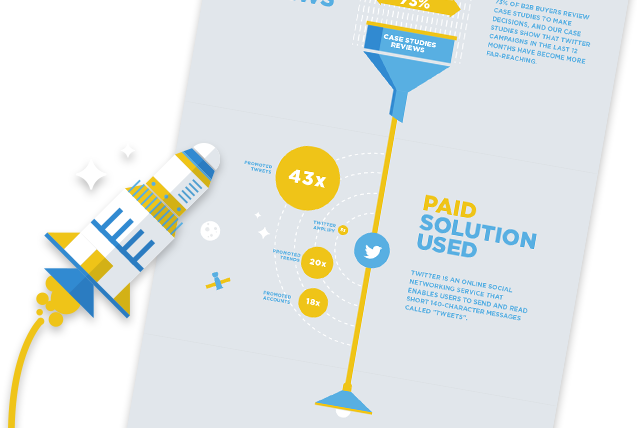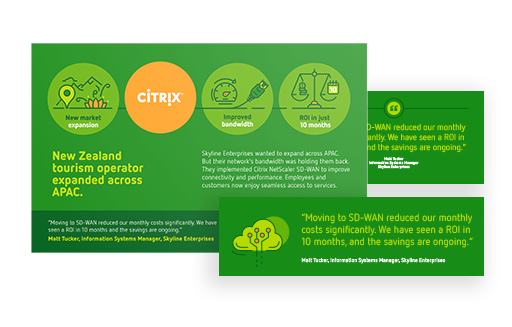
Many B2B businesses rely on case studies to showcase their successes. Case studies offer structured, data-driven narratives that demonstrate a product’s impact. However, they often lack one crucial element: the voice of the customer.
The absence of direct customer testimonials
Case studies typically follow the "challenge, solution, result" format. While effective for presenting measurable outcomes, they rarely include direct quotes from the customer. Instead, they are written in a detached, third-person narrative style. A case study might say: “A leading financial services company reduced operational costs by 40% using our automation tool.”
What’s missing? The customer’s perspective.
A customer story, in contrast, includes direct quotes: “Before implementing the automation tool, we struggled with inefficiencies and high operational costs. The tool transformed our processes, saving us both time and money,” says Jane Doe, Operations Director at XYZ Financial Services.
When potential buyers hear directly from other customers, the content feels more real. It builds trust by showcasing a firsthand experience rather than a company-crafted narrative.
The problem with anonymous case studies
Another common issue with case studies is anonymity. Many businesses hesitate to share customer names due to privacy concerns or publicity approval hurdles. As a result, case studies often refer to customers in vague terms, such as “A Fortune 500 retailer in Europe” or “A global manufacturing leader in Asia”. These descriptions lack credibility. Without specifics, readers can’t relate to the story. They may question whether the success story is even fabricated.
Customer stories overcome this issue by featuring real names, company logos, and personal insights. A customer story might say: “When XYZ Corp. faced challenges with supply chain visibility, it turned to the automation tool. ‘We needed a platform that could integrate with our existing systems without disrupting operations,’ says John Smith, VP of Logistics at XYZ Corp.”
This transparency builds confidence. It reassures prospects that real companies, real people, and real experiences back the claims being made.
The one-dimensional nature of case studies
Case studies focus heavily on facts and figures. While important, this narrow scope can make them feel impersonal. B2B buyers don’t just care about numbers; they also care about relationships, support, and long-term benefits.
A typical case study might highlight:
- 25% increase in productivity
- 40% cost reduction
- 3x faster processing time
These numbers are very compelling, but they don’t answer all the buyer questions:
- How was change and adoption managed to result in the boost in productivity?
- What specifically changed to lead to the 40% cost reduction?
- What is the current process that enables a 3x faster processing time?
Customer stories go beyond metrics. They explore the human side of change, decision making, and creativity, addressing concerns that raw data cannot. Instead of only reporting on efficiency gains, a customer story might include: ‘The support team was incredibly responsive, helping us resolve issues within hours. We were able to maintain momentum throughout adoption, resulting in 80% of our staff using the new tool daily to be more productive.”
By incorporating emotions, challenges, and trust-building elements, customer stories make a deeper impact.
The lack of long-term perspective in case studies
Case studies are typically written shortly after implementation, focusing on immediate results. But business relationships evolve over time. A B2B buyer evaluating a long-term investment wants to know what happens months or even years after adoption.
Customer stories capture this evolution. They feature:
- Why the customer chose the solution in the first place
- How their needs changed over time
- Why they continue to work with and trust the provider
For example, a case study might conclude: “Within three months, the company saw a 30% reduction in downtime.”
Meanwhile, a customer story extends the narrative: “After two years, the solution has become a core part of XYZ Corp’s infrastructure. ‘The continuous updates and support have kept us ahead of industry changes. We’ve been able to automate new processes as we introduced them, making our expansion into the Asia markets more sustainable,’ says Sarah Green, CTO at XYZ Corp.”
This long-term perspective reassures prospects that they are making a sustainable choice, not just a short-term fix.
Overcoming skepticism and establishing authenticity
Today’s buyers are more skeptical than ever. Overproduced marketing materials often trigger doubt. A polished case study without customer quotes or specific names may seem more like an advertisement than a genuine success story.
Customer stories solve this by using:
- Conversational tone: instead of sounding like a corporate report, they read like real experiences.
- Real-world challenges: instead of only showcasing success, they acknowledge difficulties and how they were overcome.
- Multi-stakeholder insights: instead of only hearing from the decision-maker, they include perspectives from different team members who use the solution.
For instance, instead of saying: “The company successfully improved efficiency,” a customer story might say: “‘At first, we were hesitant about switching systems,’ says Mark Matherson, IT Director at XYZ Corp. ‘But after seeing the initial results, we knew we made the right choice.’” This transparency is more believable and relatable, helping to reduce the prospect’s skepticism.
The future of customer-centric marketing
The modern B2B buyer expects authenticity. Businesses are moving beyond case studies to address the nuanced concerns buyers have. While case studies remain useful, they should be supplemented—or even replaced—with richer, customer-centric stories.
Companies that integrate real voices, real names, and real experiences into their content are able to forge stronger emotional connections and drive more meaningful engagement. The choice is clear: if you want prospects to believe in your product, let your customers do the talking.







